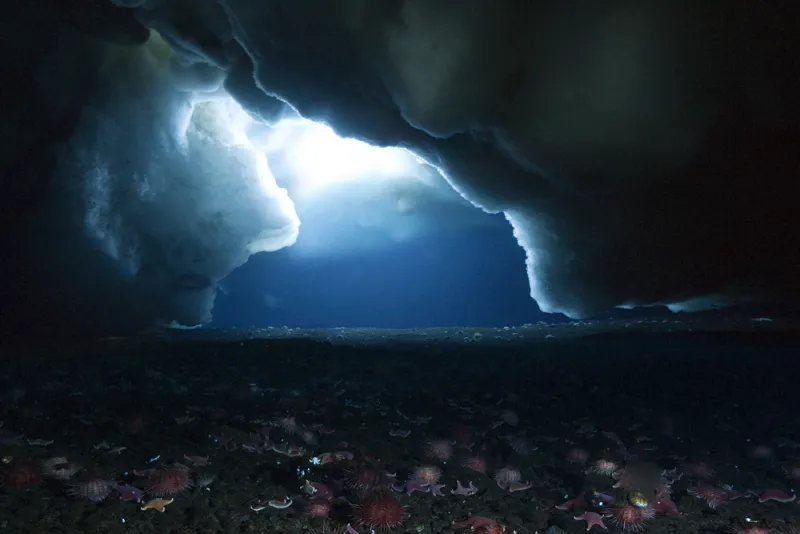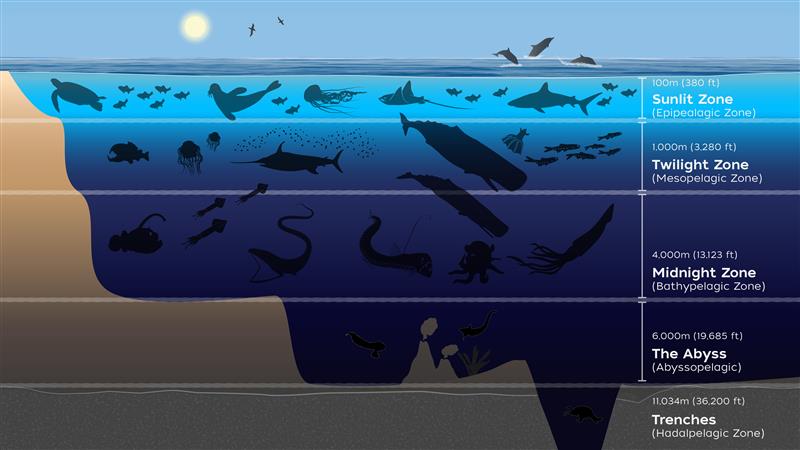Search This Blog
ClimateEdict is my weekly blog tracking how climate change is reshaping our oceans, weather, and communities. I break down new research, major events, and policies into clear insights, with the goal of raising awareness and connecting science to everyday life.
Featured
- Get link
- X
- Other Apps
ClimateEdict #9 – The changes beneath us
Opening Reflection
I started ClimateEdict to track slow change. The kind that rarely makes headlines but defines our future. Every week, the planet undergoes some change: forests weaken, oceans heat, or ecosystems bend under pressure. Most people miss these changes because they’re quiet.
In Bali, workers are cutting into cliffs to build a glass elevator down to a hidden beach. It will save tourists a steep walk, but it also takes away the effort that once made the view worth it. The easier it becomes to reach untouched places, the faster they disappear. It reflects our struggle with climate change and how we are trading natural beauty for comfort.
Also guys just wanted to say sorry for the delay in posting the past few weeks I have been extremely busy and unable to post. will catch up and be on track now
 Methane Leaks Beneath the Antarctic Seafloor
Methane Leaks Beneath the Antarctic Seafloor

Researchers have confirmed new methane seeps under the Antarctic Ocean. As deep sediments warm, frozen gas escapes into the water. Methane traps far more heat than carbon dioxide. Even small leaks accelerate global warming.These seeps are invisible, but they matter. They show how sensitive the planet’s systems are. One layer warms, another responds. It’s a chain that starts below the surface and ends in the air we breathe.
Source: LiveScience, Oct 15 2025
Australia’s Rainforests Are Releasing Carbon

Source: The Guardian, Oct 16 2025
Marine Heat Around Australia Reaches New Extremes
Scientists warn that Australian waters are heating faster than expected. Rising temperatures, low oxygen, and higher acidity are combining into conditions that marine life cannot adapt to. Coral reefs, kelp forests, and fish stocks are shrinking at once.This is more than an environmental shift. It’s an economic one. Entire industries built on stable seas are now at risk. Every degree of warming reshapes what survives, what fails, and how communities live.
Source: The Guardian, Oct 29 2025
Protecting the Ocean’s Twilight Zone
There is one step forward. The International Union for Conservation of Nature has voted to begin protecting the ocean’s twilight zone, a layer between 200 and 1,000 meters deep. It holds vast populations of small fish that store carbon and support ocean food chains.Protecting this region will not draw headlines, but it may help stabilize the climate. Deep-sea ecosystems regulate more than most people realize. Small action in the dark can create balance above.
Source: Mongabay, Oct 15 2025
Closing Reflection
These stories share one thread — slow change in places far from view. Methane rises from the deep, trees begin to emit, waters heat, and life shifts without pause.This is why I keep writing. Climate change isn’t a single event. It’s a series of small turns that go unnoticed until they connect. Paying attention is not dramatic, but it’s necessary. If we stop watching, the silence becomes normal. And by then, the damage is already done.
- Get link
- X
- Other Apps
Popular Posts
ClimateEdict #6: Ocean Pledges, UN Warnings, High Seas Protections, and Shrinking Ice
- Get link
- X
- Other Apps

Comments
Post a Comment